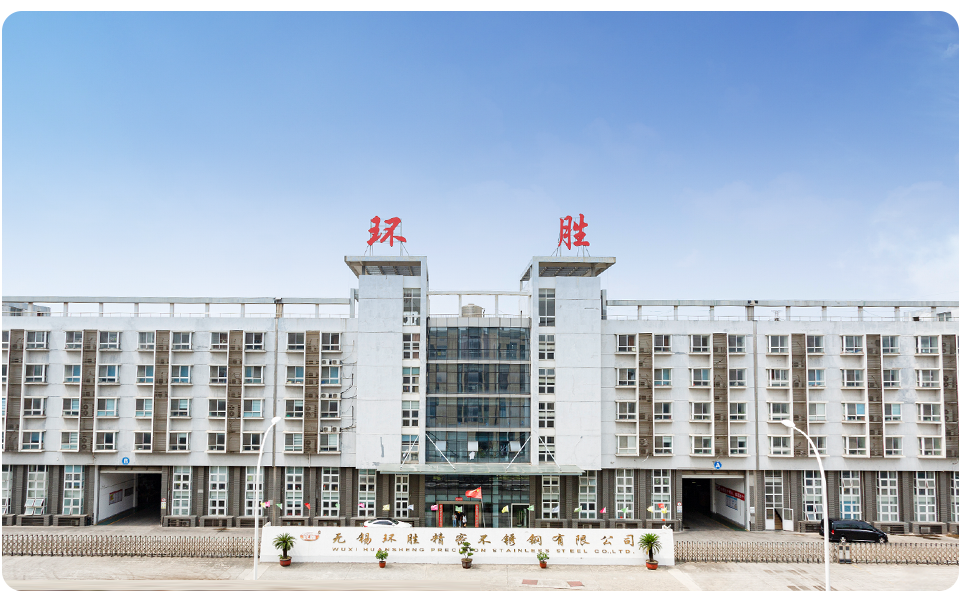Composition Characteristics
• Chromium-nickel alloy: This is a Cr-Ni austenitic stainless steel. Chromium is a key element in forming the passive film, which imparts corrosion resistance. Nickel expands the austenite phase, giving the steel good toughness and forgeability.
• Other Elements: Some grades contain additions of elements such as molybdenum and titanium. For example, molybdenum in the 316 series improves resistance to pitting and crevice corrosion; titanium in 321 prevents intergranular corrosion.
Performance Characteristics
• Strong Corrosion Resistance: It exhibits strong corrosion resistance in many environments, offering good tolerance to air, water, acids, alkalis, and salts. For example, 316L exhibits outstanding corrosion resistance in chloride-containing seawater.
• Non-magnetic: With its austenitic structure, it is generally non-magnetic, making it suitable for applications requiring magnetic properties.
• Good Processability: It can be produced in various shapes and sizes through cold working methods such as cold rolling and cold drawing. It can also be welded, stamped, and bent.
• Combined Strength and Toughness: It offers high strength combined with good toughness, allowing it to withstand significant forces and deformation without breaking.
Common Grades and Applications
• 301: Compared to 304, it has lower Cr and Ni contents. Its tensile strength and hardness increase after cold working, making it suitable for applications such as trains, aircraft, and conveyor belts.
• 304: Highly versatile, with excellent corrosion resistance, heat resistance, low-temperature strength, and mechanical properties. It is used in medical devices, building materials, chemicals, ship components, automotive parts, the food industry, and household goods.
• 304L: A low-carbon 304 steel with excellent resistance to intergranular corrosion after welding or stress relief. It is used in outdoor machinery in the chemical, coal, and oil industries, where intergranular corrosion resistance is critical.
• 316L: In chloride-containing corrosive media, it offers higher corrosion resistance than 304 and 304L, making it suitable for seawater desalination and the water industry.
• 321: 304 steel is modified with Ti to prevent intergranular corrosion. It is suitable for use in temperatures between 430°C and 900°C, and is used in aircraft, exhaust pipes, boiler drums, and other applications.
